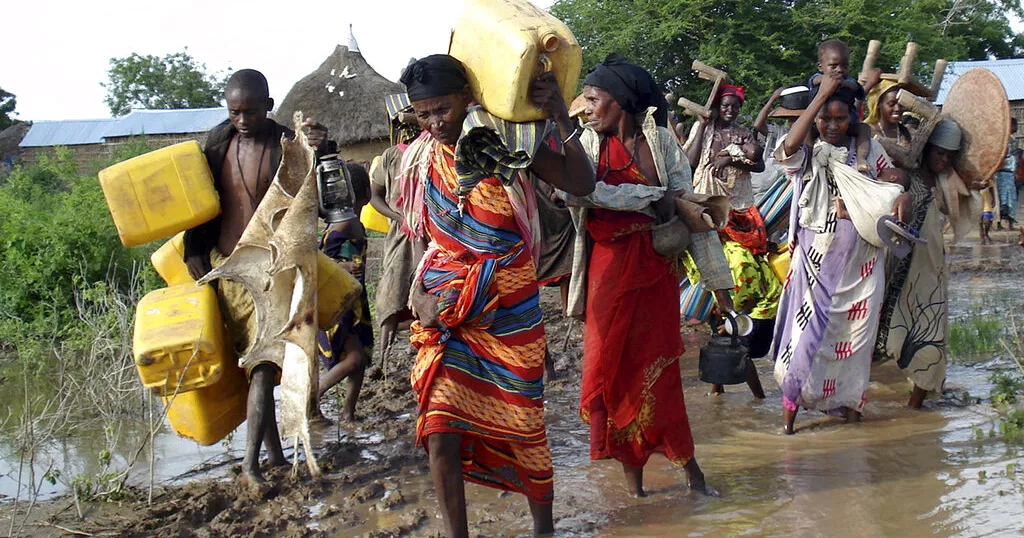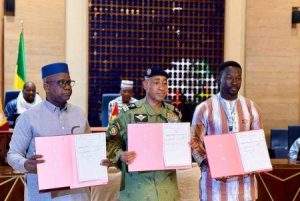AI Revolutionizes Weather forecasting in the horn of Africa

To solve the persistent problem of climate change in the horn of Africa resulted in floods and droughts, a pioneering initiative is underway. Led by climatologist Shruti Nath from Oxford University, this project consists in using artificial intelligence (AI) to enhance weather forecasting in the region.
In fact, by leveraging satellite data on cloud formations and temperatures, AI can make more precise predictions about extreme weather events.
Shruti Nath explains that the AI system learns from historical data, continuously improving its accuracy.
“AI’s training involves matching weather forecasts with actual observations from advanced satellites and ground stations,” she says.
In stark contrast to the expensive supercomputers used in developed countries, such as the UK’s Met Office system, which performs 16,000 trillion calculations per second, Oxford’s AI model can run on a standard laptop.
“This makes the technology accessible and affordable, enabling local users to make accurate weather predictions without the need for vast resources,” Nath emphasizes.
Currently, the pilot project is active in Kenya and Ethiopia, with promising results. Isaac Obai, from the World Food Programme, highlights the importance of early warning systems.
“Without timely warnings, more people will be vulnerable to extreme weather, leading to loss of lives and livelihoods,” he warns.
Meteorologist Maslin Gudoshava from IQPAC believes AI can transform weather forecasting in the region. “AI models can significantly enhance our ability to provide early warnings not just for the coming days, but for entire seasons,” she notes.
The initiative is a collaborative effort involving the World Food Programme, Oxford University, the Kenya Meteorological Department, and IQPAC, with support from Google.
If successful, this AI-driven approach could be implemented in other regions worldwide, offering a robust solution to the escalating challenges posed by climate change.












